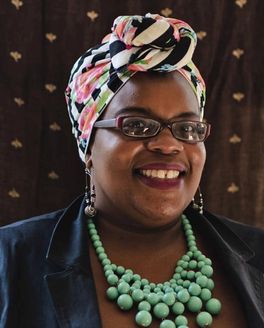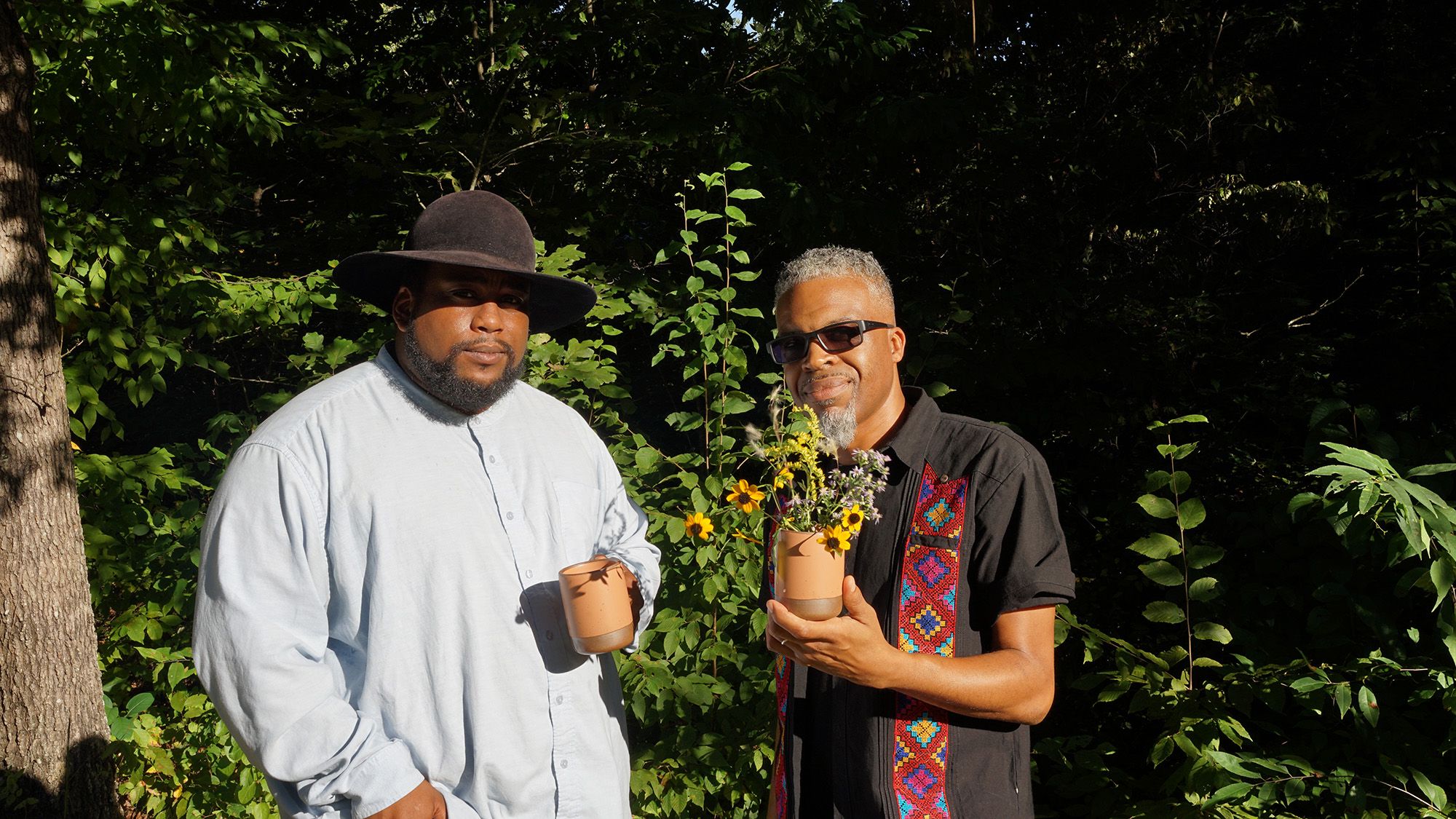
Asheville Writers in the Schools and Community
East Fork is currently hosting a raffle for Asheville Writers in the Schools and Community. Purchase a ticket here to enter for a chance to win four 3-piece dinner sets in the color of your choice from our color library. Raffle ends Tuesday, November 29th at midnight PST.
“I am because you are.”
We sat down with some of Asheville Writers in the Schools and Community's (AWITSC) team to talk about healing our inner child, celebrating ancestral connection, leaning into abundance, and the power of being led BY youth FOR youth.
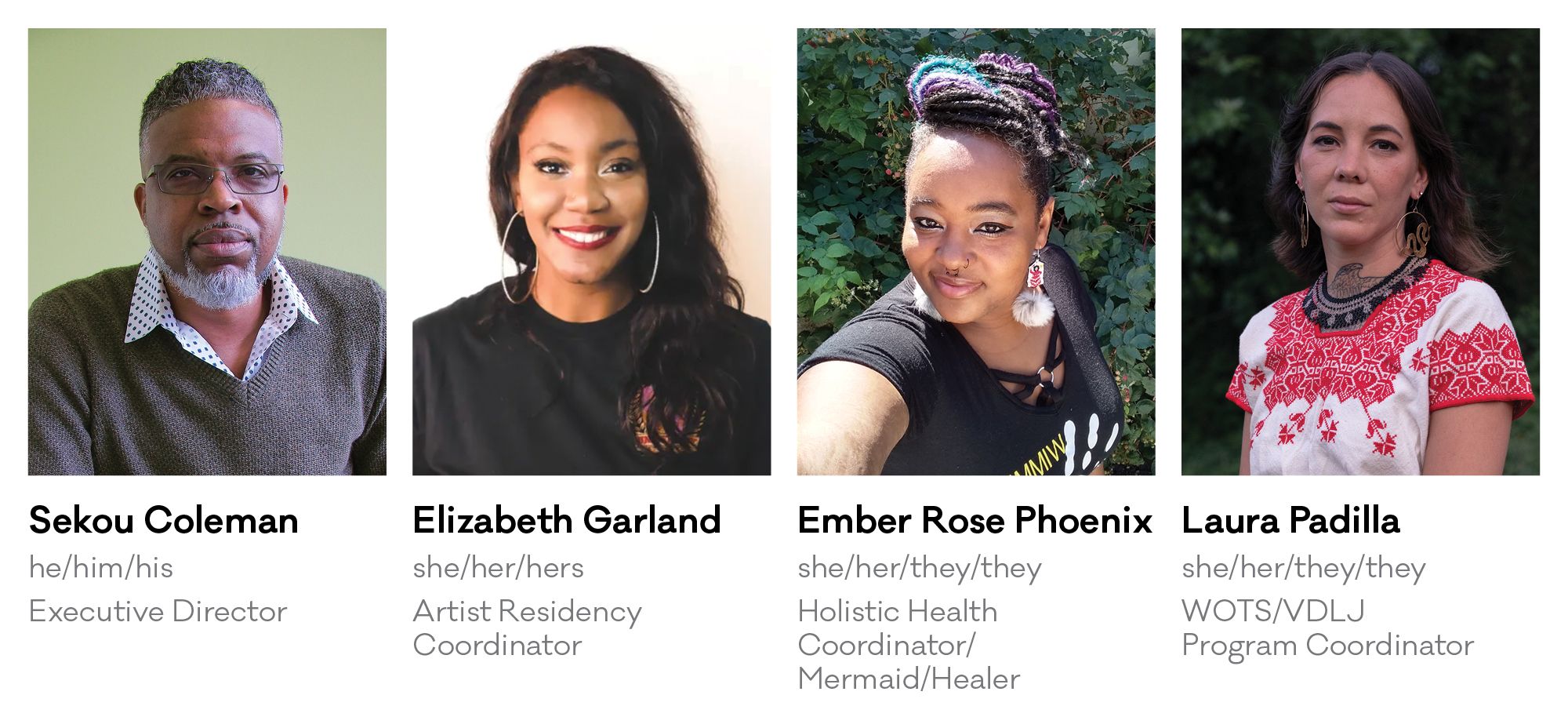
Part 1 (This interview has been edited for length):
Can you tell me about the origin story of Asheville Writers In The Schools and Community and how you've evolved over the years?
Sekou Coleman: The organization was founded in 2011 by three amazing creative writers with a desire to supplement the normal educational curriculum and school day with opportunities for creative writing activities. Our first programming grew from that, which is the artist residency model: of identifying artists to work in school settings with youth around writing and creative activities.
Over time, while some of the initial programs that we were involved in were focused on writing, the art form that we used to engage the community began to diversify. Now we are in a space where we're not just about writing, we're really about all forms of art, all forms of cultural expression, and the way that the intersection and the use of those can really support more healthy, vibrant communities, particularly for BIPOC communities, which are the spaces where we focus on our work. The years in between have been adapting our programming to support the community and the people that we love and care for.
Tell me more about your mission, what does it mean to “ignite social change through the power of arts, culture and restorative self-expression”? And why is it important?
Sekou Coleman: The common thread in all of the programming that we do is that we're doing arts education, but it's not that we are trying to teach people to be artists. We are using art as a tool, as a medium, as a framework for people connecting into things that are much deeper than what is actually being created through the art itself. Everybody can have their own interpretation of the mission, for me, I love the intentionality and the specificity of the language. We're talking about igniting social change, not necessarily speaking to a specific change. To be that spark for young people to realize, "Hey, there's something that I feel passionate about and I want to put my energy towards it."
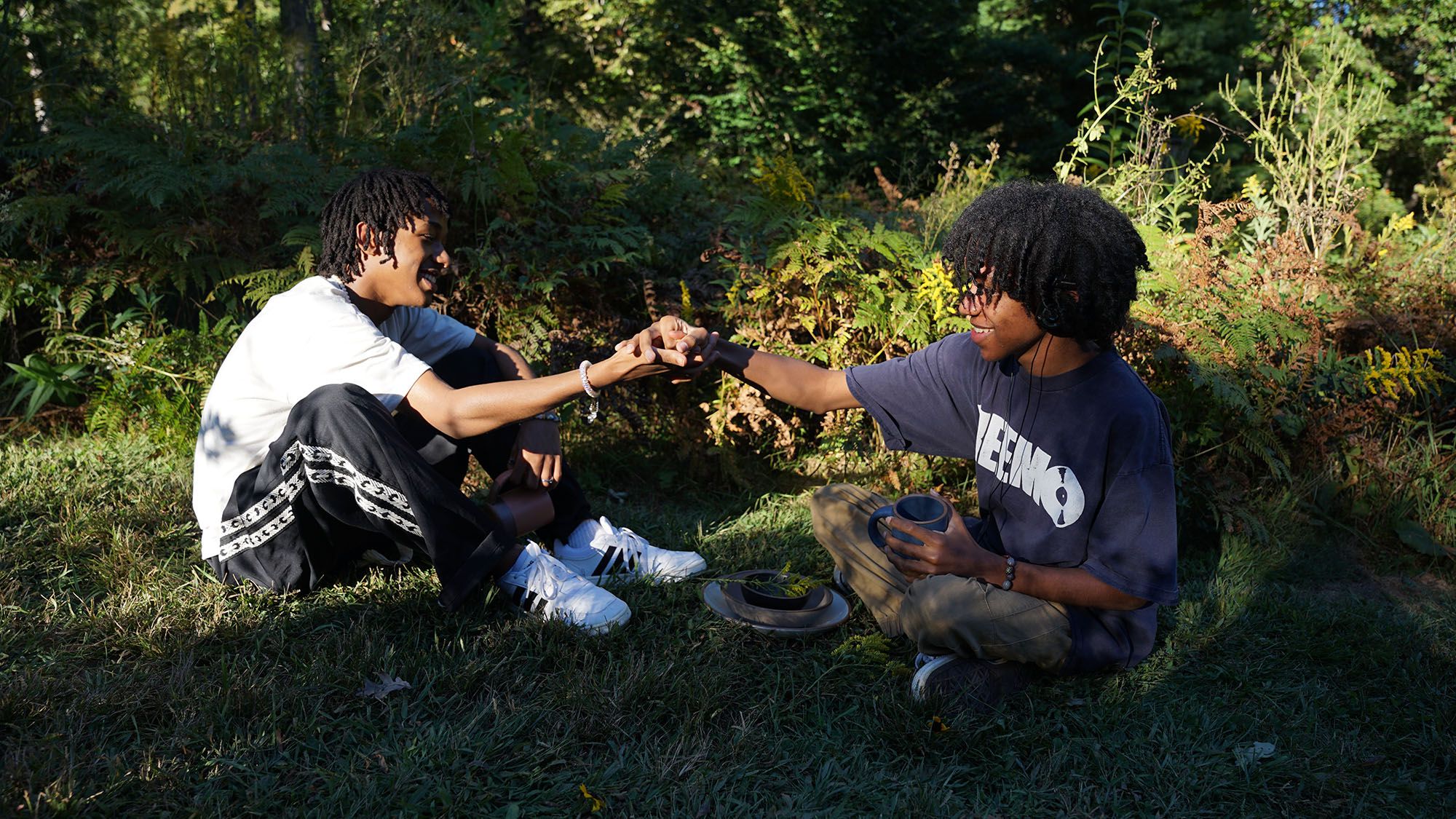
The young people in our programs are constantly being told what they can't do, what they can't say, where they can't go, what they can't think. To come into a program like ours and be asked, "What do you want to do?" And be given the support to make that happen. It's a paradigm shift. That is the DNA of our work, that igniting social change with the power of arts, culture, and restorative self expression.
Ember Rose Phoenix: I was just sitting here listening to Sekou and thinking about who we're talking to right now [East Fork Pottery]. I am thinking about talking about marginalized humans in the world and you all are this beautiful pottery company, and pottery is intrinsically ancestral, a black and brown indigenous thing.
Basically, what we do, and what we're igniting, is a re-remembering of what it means to be who we are and how to find belonging. I use a metaphor because we're over here helping people understand that pottery is a thing that our ancestors held onto. We're going down to the rivers and showing them how to collect that clay, how to process that clay, and how to build a kiln. And what they choose to make out of it afterwards is all theirs.
What we're doing is providing the foundation blocks, the knowledge that has been stolen and taken from us for all of our artists, all of our youngins, all of our youth, all of our community, to literally stand in their power and shine as bright as they want. Whatever it is that they're trying to set on fire, to build something new, we want to provide them the kindling. We want to let them know they have a right to do that and we want to support them in any way we can. And what does it mean as a society to acknowledge the gifts of the people you're trying to oppress?
That means stepping out of the way and providing access to their voices to be the one, to giving them the honor of being uplifted versus being stolen or taken in a way. It's really about understanding that survival is a community process, it's interdependent. I am because you are. And that's really what we foster with this work is our connection to each other is what lends a hand to changing the systems that are harmful and no longer serve us. And having the building blocks, or the clay, I would say, to build new ones together, that makes sure that we're all seen and heard and accounted for in ways that feel equitable and healing.
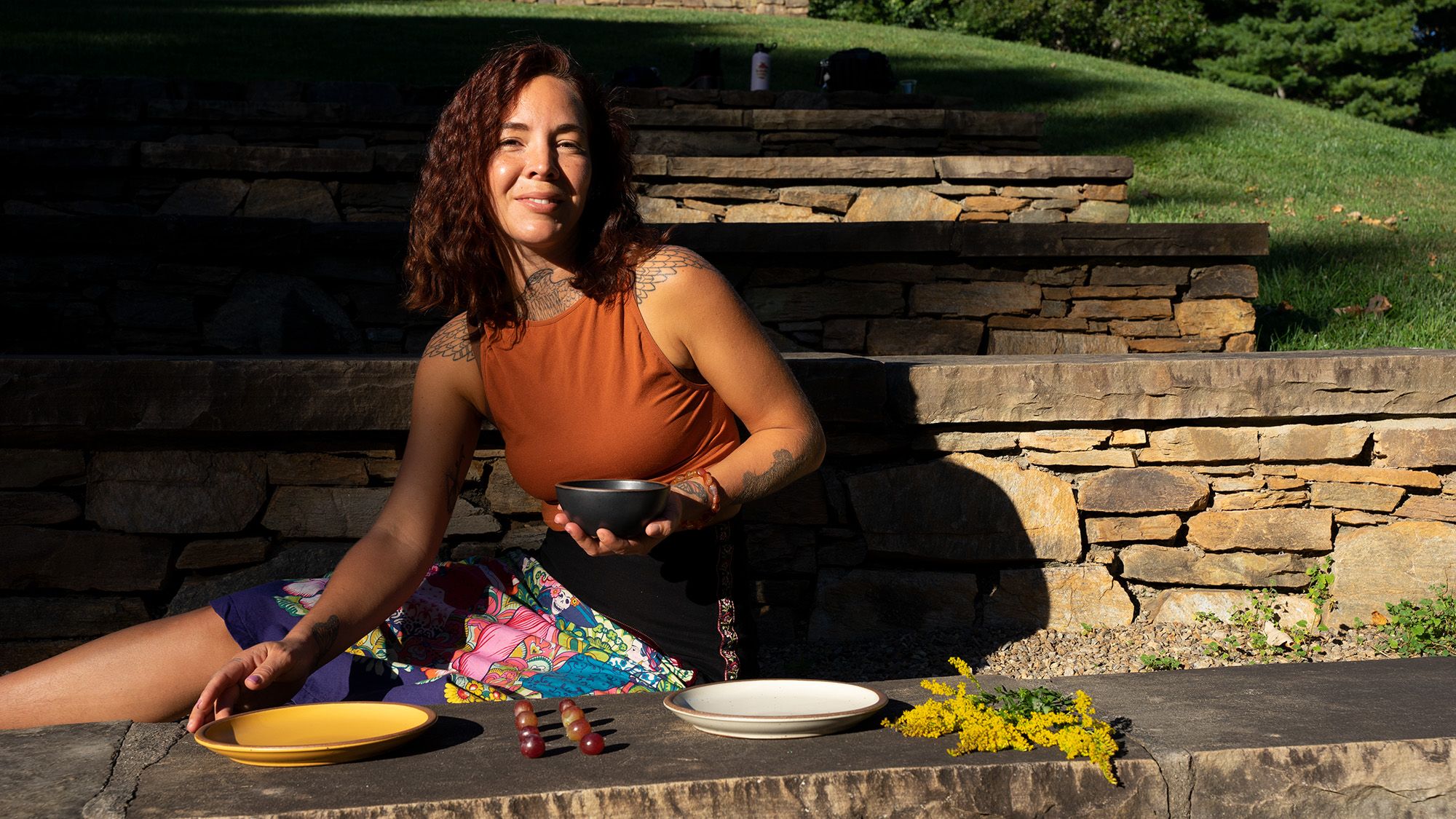
Elizabeth Garland: For me, it stems from a selfish place of knowing what I needed and wanted as a 13 year old little Liz and realizing I want to be able to provide that for other people. I want to be able to nurture that space of being seen and heard. These young adults are really transforming their spaces and people: it is that connection, it's the ability to have representation, it's being connected to passion. Sometimes we get lost like, "oh, well I just need to go do this job to pay bills and do this, and I don't really love what I do." But in this space we're able to show people that you can do what you love AND be paid for it. That transforms a mindset.
I think it's wonderful how the kids connect and want to stay connected with artist mentors. Again, that title is so much more. It's not just you coming in and teaching something. It's a commitment, a responsibility to each other. So to me, igniting social change, social action, and the responsibility of just taking care of the community, is so important to the organization, but also to myself and why I do what I do.
Who is the community that you work with and why are they the center of your work? And what do you want folks to know about them?
Sekou Coleman: The community that I work with, it's my people. And when I say my people, I'm referring to, first and foremost, creative souls, people who have the desire to connect with something that is different, that is unique. They're just not settling for the same old thing. Definitely descendants of the Afro-indigenous, Latinx diaspora, people of melanated descent, people who are unified in some way, shape or form by the collective trauma that has been experienced around the world as a result of colonization and oppression and all of that.
If we're checking boxes, I can say that these are people who might identify as black or might identify as queer, might identify as indigenous. These might be individuals who live in public housing or in mobile homes. These might be youth who are struggling academically at school. But these are also talented, creative magical beings that need strong nurturing relationships in order to recognize their full potential.
Ember Rose Phoenix: I would say my community, our community, is those on the fringes. It's the melanated mermaids and the magical unicorns, the visionaries to come that are already here. We navigate with a very queer, radical base of humans that when I look around, those are the people that I will be walking into this new creation of the world together.
Stay tuned for Part 2 of our interview with Asheville Writers in the Schools and Communities.
Founded in 2011 and committed to social justice and racial equity, Asheville Writers In The Schools and Community (AWITSC) provides youth and adults with opportunities to voice their experiences and their passions, through innovative arts and creative placemaking programs that engage more than 100 youth and their families each year.
They envision a just and equitable community that amplifies, celebrates and publishes the artistic expression, cultural exchange and voices from Black, Latine, Indigenous and all who identify as BIPOC. They work to cultivate this vision through two program initiatives: a teaching artist residency program and Word On The Street/Voz De Les Jóvenes (WOTS/VDLJ). These programs cultivate a local arts and culture ecosystem for youth from marginalized neighborhoods to engage in arts experiences that build skills for career development, support healthy socio-emotional development, and strengthen community cohesion.
